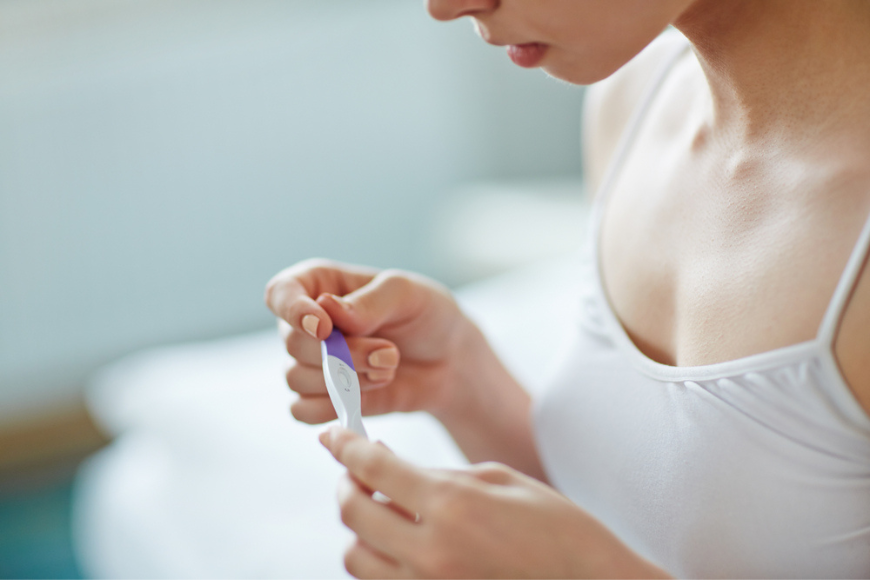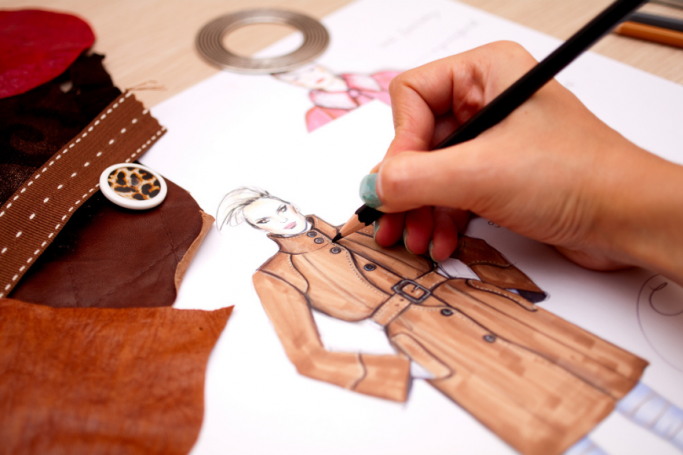Dermatologists in Dubai explain how to give yourself a skin check at home and spot the SOS-signals your skin is giving you.
12 August 2020
| Last updated on 13 August 2020
A visual and expert guide to identifying the warning signs on your skin
While ideally you should be booking an appointment at a dermatologist at least once a year to get regular skin checks (or twice that if your family has a history of skin cancer or you have many moles on your skin), it's also important to do a self-check of your skin at least once a month at home. This will help you keep track of any changes in your moles.
By reading this handy guide, you will learn how to tell the difference between a run-of-the-mill mole and a potentially fatal one.
Without leaving a scar, Dr. Kamil Al Rustom Skin & Laser Centre provides moles excision in Dubai for patients who want to remove them either for aesthetic reasons or in suspicious case of cancer according to the ABCDE Parameters guide below.
Know your mole type
It is important to know what your moles look like. While moles are harmless, sometimes skin cancer can develop in or near a mole. If you know where you have moles and what your moles look like, it can help you find skin cancer early.
When found early and treated, skin cancer has a high cure rate. A mole on your body can be:
- One color – often brown, but a mole can be tan, black, pink, blue, skin-toned, or colourless
- Round to oval in shape
- Flat or slightly raised
- Look the same from month to month
How to check your skin
The best way to check your skin is to perform a skin self-exam, which you can perform at home.
You need a room where you can undress and have access to a full length mirror and a handheld mirror. It also is helpful to use a body mole map to track changes on your skin.
A skin self-exam means you’ll need to look at all your skin. Moles can appear anywhere on your skin – the scalp, between fingers, on a toe or sole of the foot. You can even get a mole under your nail.
As you examine your skin, you must look at each individual mole. As you look at a mole, you want to look for the following signs, which you can remember as the ABCDEs:
- Appearance: Is one-half of a mole unlike the other half?
- Border: Does a mole have an irregular, scalloped, or poorly defined border?
- Colour: Do you see more than one colour in a mole, such as shades of tan and brown, black, white, red, or blue?
- Diameter: Do you have a mole that is bigger than 6mm (the size of a pencil eraser)? Melanomas are usually bigger than 6mm when diagnosed, but they can be smaller.
- Evolved: Do you have a mole or other spot on your skin that looks different from the rest? Have you noticed that a mole or other spot is changing in size, shape, or color?
If your dermatologist sees a mole or other spot that looks abnormal, your dermatologist will recommend removing it. A mole can be removed during an office visit. This is a safe and simple procedure when performed by a professional.
The skin that your dermatologist removes will be examined under a microscope. Your dermatologist may examine the skin or send it to a lab.
Examining the skin under a microscope is the only way to tell whether a patient has skin cancer.
This process of removing the skin and examining it under a microscope is called a skin biopsy. If you see a mole or other spot reappear after a skin biopsy, immediately make an appointment to see your dermatologist.


























































































![We Tried [u]bk's Lively Garden Brunch at Mövenpick JLT Dubai We Tried [u]bk's Lively Garden Brunch at Mövenpick JLT Dubai](https://cdnexpatwomanfood.expatwoman.com/s3fs-public/urban%20bar%20and%20kitchen%20brunch%20main.png)








.png?itok=qwjA896T)















.png?itok=EH_x0Pha)

















